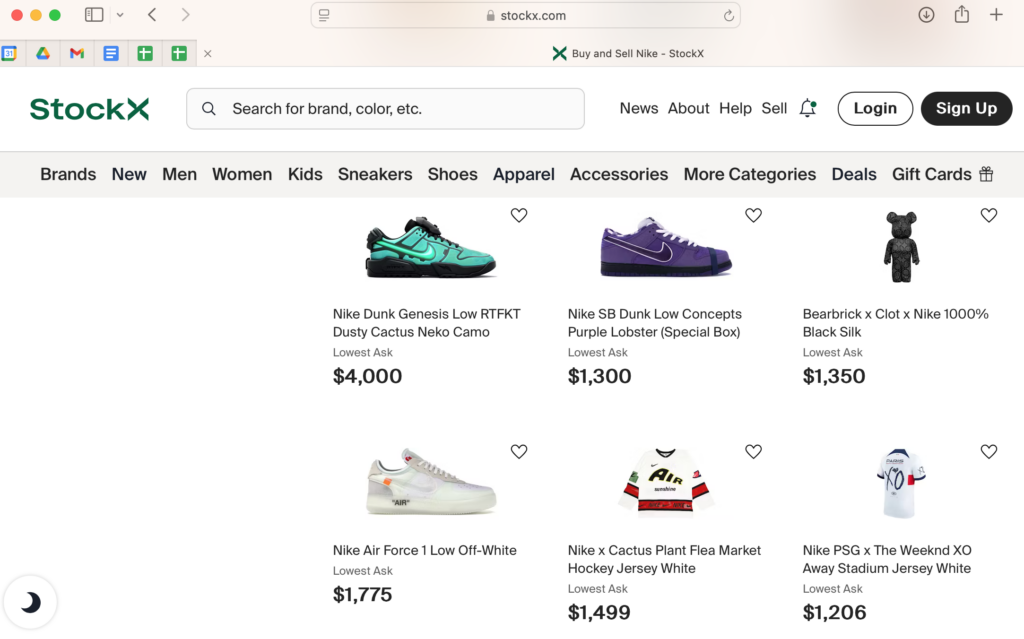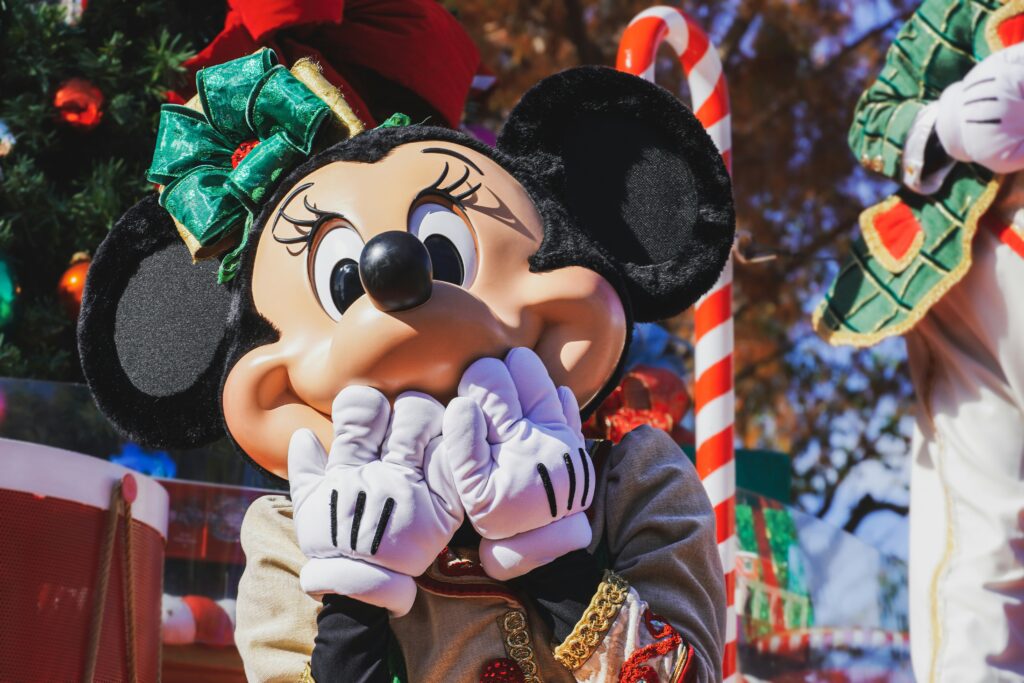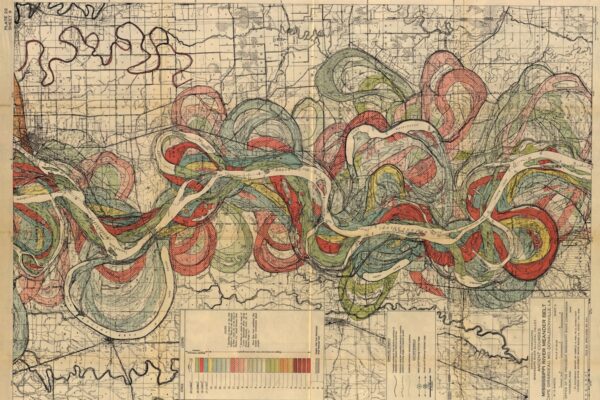Our brand could be your life: A look at why some brands dominate people’s lives
Credit to Michael Azerrad and Mike Watt of Minutemen for the title of this blog, a nod to Azzerad’s book “Our band could be your life” and the opening line of “History Lesson – Part II”, a song written by Mike Watt of Minutemen.
What is it about some brands that seem to take over people’s lives? Or is it the other way round, that some people fall head over heels for certain brands that the brands become a part of the fabric of their lives?
I’m not someone who has a brand at the center of my universe—so it’s hard for me to relate on a personal level. But it’s a clearly observable phenomenon and I have some ideas.
I want to be clear, I come with no judgement on how people live their lives. You do you. I’m interested in this through a branding lens first, sociology lens second.
I’ve met a few people who fall into this camp and the brands that dominate their lives have been Disney, Nike, and Pokémon. I’m a fan and a consumer—on some level—of all three.
What do these brands have in common that creates the conditions for a potential obsession or life dominance?
They have a breadth and depth of offerings, aggressive and well-funded marketing machines, physical product offerings as well as experiential environments for people to place themselves in, and there’s a thriving global black market for all of them.
What is it about these qualifications that creates a brand that can be absorbed as their personality?
Depth and breadth is perhaps the most obvious. When a brand offers a huge range of available products and has a massive back catalog, there’s something for everyone. Any person with a whiff of interest in sport can find something to suit their needs, or wants, from Nike. Powerlifters, soccer players, backpackers, gym rats, distance runners, rugby players—really any athlete at any level can look to Nike and find products for their chosen activity. Even couch potatoes like comfortable athleisure. There are limited editions, everyday options, discounted gear at outlet stores, and pro-level offerings. If you want some Nike from the 90s or 2000s it’s likely on eBay, StockX, or found at your local swap meet.

Disney has been making films and cartoons for nearly a hundred years, and a staggering number of toys for much of that time, and is valued at $108.63B. Pokémon is the most valuable game franchise ever sitting at $98.9B total revenue with a plethora of physical and digital ways to “catch ‘em all” and Nike is valued at 108.87B at the time of writing with thousands of items for sale at any given moment.
Aggressive and well-funded marketing machines fit hand and glove with the depth and breadth of these brands. It’s rare, or maybe impossible, to reach the sizes these brands have without the kinds of marketing avalanches they set off every year. I’d wager it’d be hard to go one week without seeing an ad or having someone talk about one of these brands. They’re everywhere, not only with ads, but word of mouth and within eyesight.
Physical product offerings as well as experiential environments seems to be the most important element for why a brand can take over someone’s life. The previous two conditions feel like table stakes and the latter feels like a byproduct, yet this condition creates an enveloping environment that can consume people like kudzu in a southern forest. The combination of things to hold, wear, play with, or put on shelves paired with the opportunity for people to dive into environments (real or otherwise) to leave the rest of the world behind can become inescapable or tantalizing—however you look at it.
Disney might be king of the heap here with their huge physical merchandising catalog along with environments like Disney+, Disneyland, and Disney World, as well as Storyliving by Disney. It’s possible to be all Disney, all the time—and I’m sure some folks structure their lives that way. Nike has tons of stores, the flagships being Niketowns in select cities, and their products show up all over the globe and on many televised sports events. Pokémon, of course, has trading cards and toys, as well as an array of video games and film and television offerings—there are also plans in place for a theme park in Japan.
All told, it’s pretty easy to wear, acquire, and experience all things Disney, Nike, or Pokémon.

Black markets exist for each of these brands, a natural corollary for the depth and breadth condition met by Disney, Nike, and Pokémon—among others. The way this affects how a brand might take over someone’s life is easier entry with lower product cost and a larger market beyond what’s legit. This condition isn’t really a determining factor as much as a consequence of brands reaching the size these three have reached.
While these conditions may be reductive and incomplete, what I’m certain of is the phenomenon and I have strong conviction in these conditions being major factors. I’d love to hear from you on what brand elements might also contribute to someone going all in on a certain brand—making it a part of their life and/or identity. Ping me at story@ahundredmonkeys.com with your thoughts.

